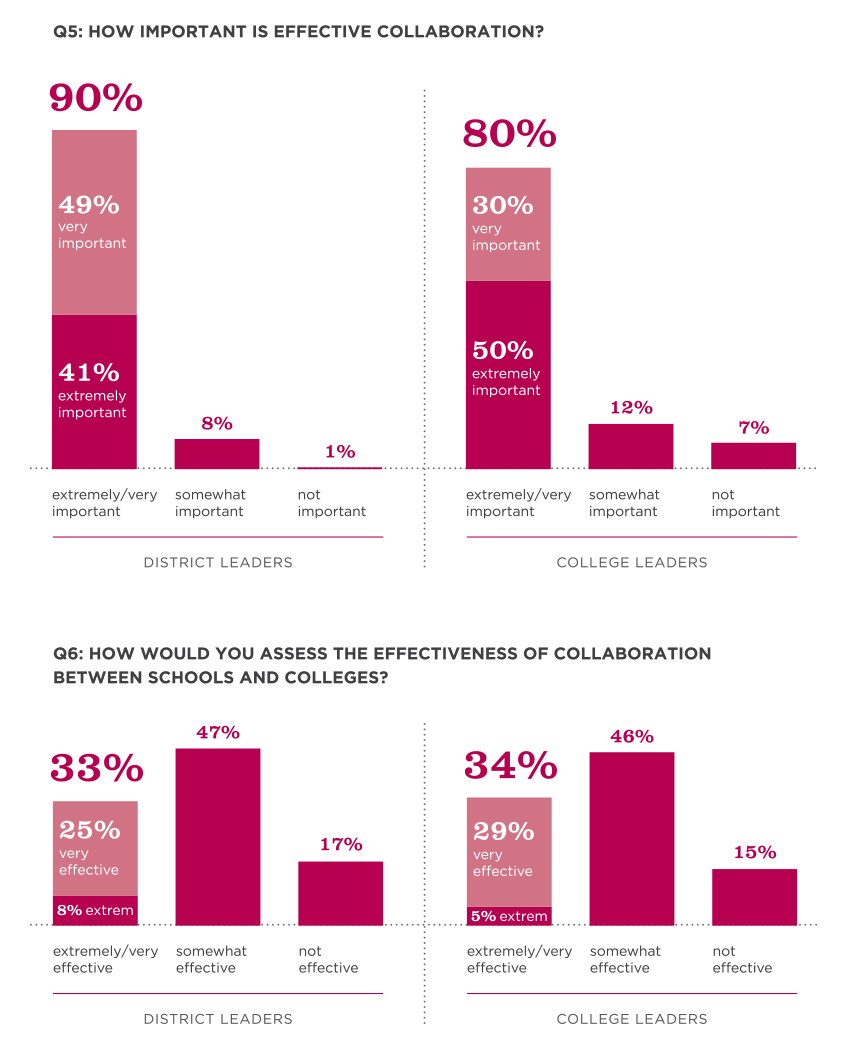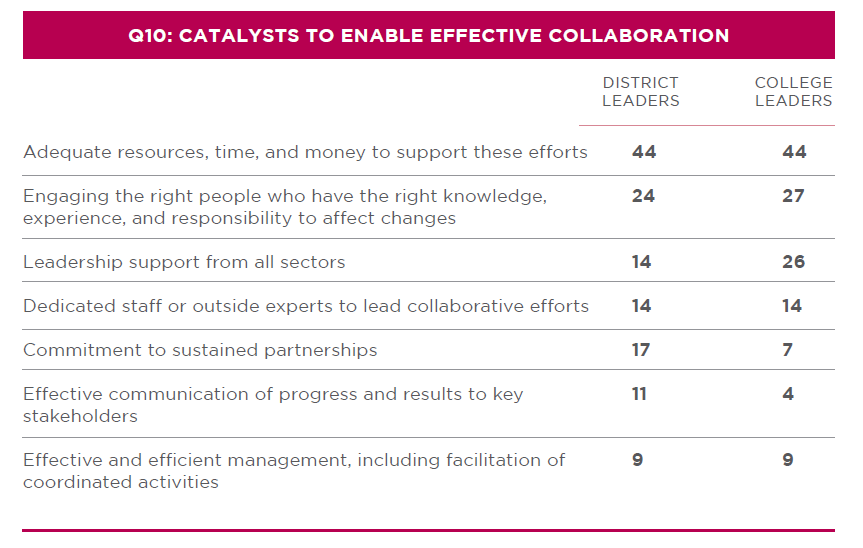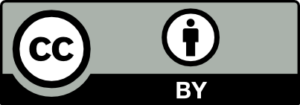How to Communicate Effectively With Students About Complex Issues
-By Marie Groark and Christen Pollock
Get Schooled Foundation has developed a unique approach to inspire middle and high school students to stay in school, to persevere and set their aspirations toward college. Over the past three years we have proactively engaged more than 3 million students in challenge programs in 2,200 schools across the country – using games, positive peer pressure and the tools of popular culture — to promote school success and college preparation. In addition, we recently engaged middle and high school students in discussion groups in Detroit to probe awareness and better understand how to communicate the new Common Core State Standards (CCSS). From our continuing involvement with students, plus several decades of marketing communications experience, we have learned some valuable lessons on how to effectively communicate with students and want to share the highlights of what we’ve learned.
Focus on a Benefit from the Student Perspective
There is a very human tendency to want to tell, or to communicate what we believe is the right information. What parent does not believe she knows what is best for her child? What teacher does not know what her students should learn? The problem is in the translation, how we impart the information we know is right or in their best interest. The most important lesson we’ve learned is that we will communicate more effectively if we take the time to put ourselves in their shoes. That means always asking the questions they are asking, implicitly, through their own mental calculus: why should I do this, and what’s in it for me?
Commercial companies ask these kinds of questions all the time in trying to discover the most effective ways of communicating with their customers. Coca-Cola, for instance, spends millions of dollars each year on research to find out how best to sell more soda to young people. The question they want to answer is: what benefits are going to motivate them to drink one more Coca-Cola each week? Decades ago they promoted Coke as a refreshing beverage that quenched your thirst. The benefit was refreshment. Today, with so many other refreshment beverage choices, they promote Coke as a refreshing drink that facilitates friendship and social interaction. They realized they had to tap into a more emotional or social benefit to motivate and persuade young people. They use popular music, iconic symbols, and fast-paced images of young people having fun to communicate this end benefit.
When we conducted focused discussions recently with Detroit middle and high school students, we found they knew very little about the Common Core State Standards (CCSS). Not surprisingly, they didn’t respond well to the idea that CCSS will “give you the critical-thinking, problem-solving, and analytical skills you’ll need to be successful in college and your career.” This idea was too abstract and not a benefit that resonated with the students. When we probed further, however, we found they were very interested in the idea of “fairness.” Not for it’s own sake, but because fairness ensures they will not be at a disadvantage on account of where they live or what school they attend. In other words, the fairness benefit convinced them that they would get the same preparation for college and careers as every other American. That was the benefit to emphasize in communicating CCSS.
The lesson: Work to understand the benefit or idea that will motivate students to act in a desired way, and then make that benefit the core of your communication.
Tap into Student Aspirations
Helping young people persevere through high school and college is one of the great challenges of our time, particularly among low-income students. A great deal of research has been conducted to understand why so many continue to drop out of high school. Our own study based on 516 in-depth interviews conducted by Hart Research in 2012 found that a majority (56%) do so because they are bored with school or do not see a good reason for continuing. Many factors lay behind such a response, but certainly one is that they do not see a connection between school and careers or a better life. On many occasions we have heard students ask: “When will I ever have to do this again”, or, “how is this information going to help me in the future?” One student even volunteered an answer to making learning more relevant: “Make sure that there’s something bigger than just ‘you have to learn this.’” Most students would like to go to college or have a good job later on. Many just don’t see the connection between the reality of school and those goals or aspirations. Linking the skills and knowledge that students are learning to what will be expected in the next grade, in college or careers, will help make those connections and render your communication more effective.
By way of example, we did a scan of the types of questions many companies ask in an interview with a beginning job applicant. The list ranges from Google and Apple to Starbucks. Typical questions might be: How many times do a clock’s hands overlap in a day? Or, how would you weigh a plane without scales? Or, tell me 10 ways to use a pencil other than writing. Problem solving skills developed in the classroom, certainly those promoted through CCSS, help students to reason logically. They will certainly help them with job interview questions like these. Making such connections – between what they’re learning in school and what they’ll be expected to know in college and careers – will help make their learning relevant.
The lesson: Communication will resonate if it links school work to college and career readiness benefits that students care about: Using concrete examples of what readiness entails, and making real-world connections that tap into their aspirations.
Meet Students Where They Live
Most students are immersed in today’s popular culture: its language, music, games, celebrity icons, and the digital tools that enable them to connect it all. It’s difficult for us to speak in the language of youth, more so as our age gap widens, but it helps to observe and recognize the communications environment they live in. Their media consumption is mainly mobile. They communicate in word symbols that flicker across the screen in milliseconds. Photos and visual images capture their attention more readily than words. They are hungry for information and online is the place they go to find it.
The Get Schooled website was developed to serve as a resource for students, so it has been designed with visual cues and language that are familiar and therefore attractive to young people. When they come to the site, they find information about test taking, preparing for and applying to college, financial aid and a wealth of other tips to help them plan the next steps in their life. But all this information is presented in a way that is fun, like a game with many steps that are both challenging and exciting. In 2013 the site attracted 1.2 million visitors, 60 per cent of them repeat visitors. In 2014 we launched a refresh of getschooled.com to make it even more engaging; we believe the new site will attract even more young people. We all don’t need to create such a site to communicate effectively, but we will do a better job connecting with students if we recognize their media habits and the communications environment they live in. We can try new ways of providing college access information to make the daunting preparation process more fun.
The lesson: Study the behaviors and media consumption of students so you can build and adjust your content continuously to engage them fully.
Keep it Simple
The education field attracts smart people who’ve spent lots of time in elite institutions earning advanced degrees. Education itself is often acknowledged to be a never-ending quest for knowledge. We value inquiry and further study, often supported by academic research. We operate in areas that are shaded in greys rather than black and white. Our writing is often couched in supposition because there may be no right or wrong answer. This equivocal approach tends to make our thoughts and communication thoughtful but also highly complex. Young people, on the other hand, are looking for answers. They are looking for guidance that is direct and clearly expressed. They want to know right from wrong. In addition, theirs is a visual rather than verbal culture. They will look carefully at pictures with short captions. They are less likely to read a long tract unless it is required reading.
The lesson: When we communicate with students, or young people in general, it pays to keep it simple, be direct and unequivocal.
Get Schooled was founded in 2010 on the belief that, if given the right combination of relevant information and motivation, students have the power to improve their own prospects for the future. When all is said and done, the most effective communication will engage students in ways that motivate and empower them to act in their own best interests.
Marie Groark is executive director of Get Schooled Foundation; Christen Pollock is president & CEO of edBridge Partners





